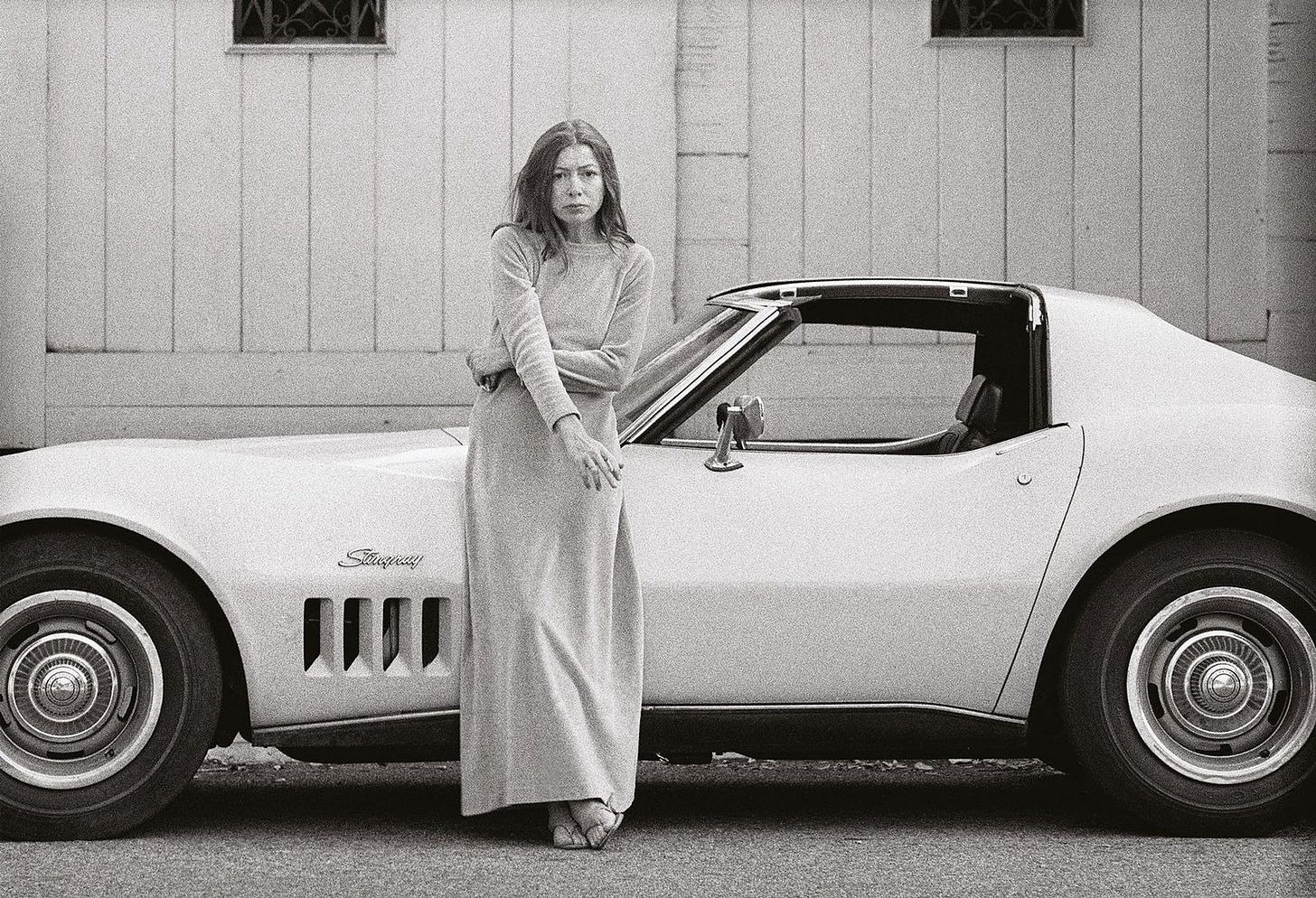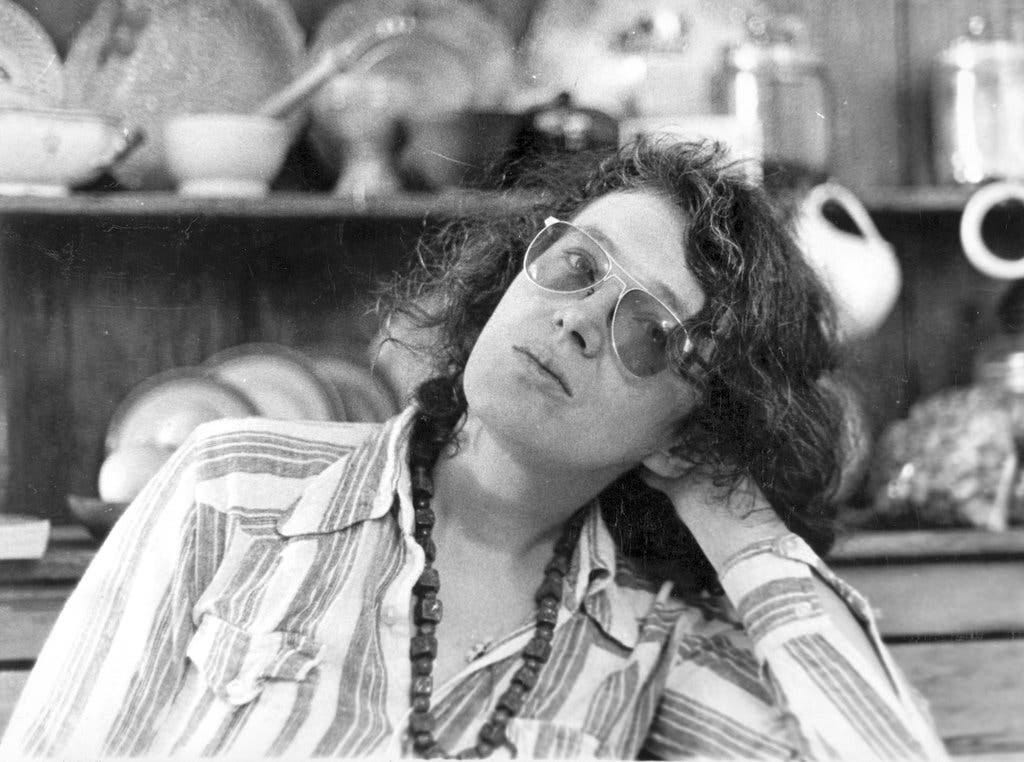Dear Heart,
Pity the essay. At school the essay means homework, labour under duress, something that is not fun. In adult life the essay can mean paid work, albeit in the ignoble form of journalism. In the case of unpaid articles such as those in academic journals or in personal blogs, it can also mean a hopeful attempt to produce material that may be of wider use, in the spirit of doing good works around the parish.
Whatever the motivation, the essay nevertheless has the unspoken reputation of being inferior to fiction. Collections of essays rarely dominate the bestseller charts. When the term ‘non-fiction’ is used in preference over ‘factual’, as it still often is, there is the suggestion that fiction is the default. In bookshops and libraries, essays are filed closer to the DIY manual, the cookbook and the Highway Code. Reading non-fiction is thought to be a less immersive experience than fiction; less creative, less imaginative. The essay is regarded as more of a dry preservation of uncooked facts and thoughts, or as a set of parasitical opinions that attach themselves to the proper art of others. Even the word is based on essayer, the French for to try. Having a go. The downside is that this suggests imperfection. The upside, though, is that it also suggests courage.
One bold attempt by the essay to take on the tyranny of the novel was the New Journalism or ‘gonzo’ movement, which flourished in America during the 1960s and 70s. The writers involved were dandies, extending their philosophies of prose style to their own clothes. Truman Capote, Joan Didion, Tom Wolfe, Hunter S Thompson, Gay Talese: all of them, writers with strong looks. Hunter S Thompson remains one of the few men in history to make shorts stylish.
Capote called his book in the true crime genre, In Cold Blood (1966), a ‘non-fiction novel’. That rather encapsulates the whole problem.
Similarly, Joan Didion began her factual book The White Album (1979) with the line ‘we tell ourselves stories in order to live’.1
Stories, you note, not non-fiction. The more non-fiction claims to be involved in storytelling, the more it reveals itself to be envious of fiction. Even celebrated film essayists like Adam Curtis like to open with the phrase ‘this is a story’, to the point where to do so has become a non-fiction cliché.
Today, writers who are influenced by the New Journalism, like Jon Ronson, have shifted away from books into podcasts, documentaries, and YouTube essays. And yet prose essays remain the basic unit of cultural discourse, and continue to be required by journals, newspapers, magazines, and especially education.
The novelist Angela Carter, for one, believed in the value of the essay. In 1980, while she was away in America teaching, she wrote a letter home to her younger partner Mark Pearce. Pearce had dropped out of school as a teenager but, with Carter’s encouragement, was now taking a three-year course in ceramics at the Croydon College of Art and Design.2 The course required him to write essays, and Carter was keen to help. In her letter, she emphasized the need for everyone, regardless of their job, to be able to ‘express an idea, and develop it in an interesting way’:
I do think it’s quite important for everybody to acquire a reasonable facility in written English, to be able to express themselves clearly & logically on paper. […] You will have to work hard to make up for lost time, but oh! how it will enrich you in the long term! Truly, I swear it.3
Carter’s advice on writing essays was the following, which holds true today:
Make a list of the major points you want to mention. Grade them 1,2, 3, etc in order of importance. Use a paragraph per point. Make a connection between what you read and what you write down yourself.
All of which allows me, I hope, to pass on a few tips of my own. For my part, I recommend ‘brainstorming’ with a pencil and paper, putting keywords from your notes in bubbles, and connecting them with lines and arrows until points of interest occur. You then expand each point into a sentence, the ‘Topic Sentence’. The next sentence is your explanation of the point. Then you provide evidence: a quote from a text, or a statistic, or a quote from a piece of secondary criticism, like an academic essay or a book of theory. Then you explain how the evidence supports your point. That’s the paragraph done.
An essay’s introduction should have a funnelling down effect, from the general to the specific. A common opening line is a quote, or an anecdote, or a historical event. Another suggestion is to begin with a flourishing remark like the one at the top of this piece: ‘Pity the essay’. That’s a play on Kurt Vonnegut’s own valuable advice, ‘Pity the readers’.4
In the same way, a conclusion should be a funnelling out, where you gesture to the wider world. Never add new information in a conclusion: you’re done. And leave the introduction till last, after you’ve written the bulk of the essay. It’s hard to introduce nothing. Avoid ‘famously’. Fame is subjective. Avoid ‘problematic’ for the same reason.
A common pitfall is to say more than one thing in one paragraph. One way of fixing this is by using my own technique, which I call the Scaffolding Report:
1. Number the paragraphs in the essay.
2. On a separate sheet of paper, make a list, from 1 to however many paragraphs there are.
3. For each number, summarize what that paragraph actually does in as few words as possible.
4. You can now see at a glance what’s going on beneath the surface of the essay. This will reveal which paragraphs are weak, and can be cut; which paragraphs are doing more than one thing, and need to be split into two; and which paragraphs need to be trimmed and merged, to improve the structure and sense of progression.
5. Go back to the essay and make revisions accordingly.
The ultimate aim should be to make an essay that dances delightfully from point to point and gives pleasure through its style as much as its content. Only then will writing become more fun than all the things one does to avoid writing.
If you learn something useful from these lectures, please consider thanking the tutor with a paid subscription. Paid subscribers have access to the full archive of Svelte Lectures. They also receive new lectures ahead of free subscribers, and can ask questions on the website. Thank you!
Bildeston, Suffolk
Joan Didion, The White Album (New York: Simon and Schuster, 1979), p. 11.
Edmund Gordon, The Invention of Angela Carter: A Biography (2016; repr. New York: Oxford University Press, 2017), p. 300.
Angela Carter, letter to Mark Pearce, 31 October 1980, Providence, RI, USA, held in Angela Carter Papers: Special correspondence (1967-1991, nd), London: British Library, Western Manuscripts, Add MS 88899/3/3. Also quoted in Gordon, p. 308.
Kurt Vonnegut, ‘How to Write with Style’ (1980), in How to Use the Power of the Printed Word, ed. by Billings S. Fuess Jr (Garden City, NY: Anchor Press, 1985), pp. 33-38 (p. 38).









My son is writing an essay for his English Higher exam this year so shared this with him. Even if not all applicable it got him thinking a but more about structure than he had been - one point per paragraph appealed. Anyway felt obliged to become a paid subscriber after that.